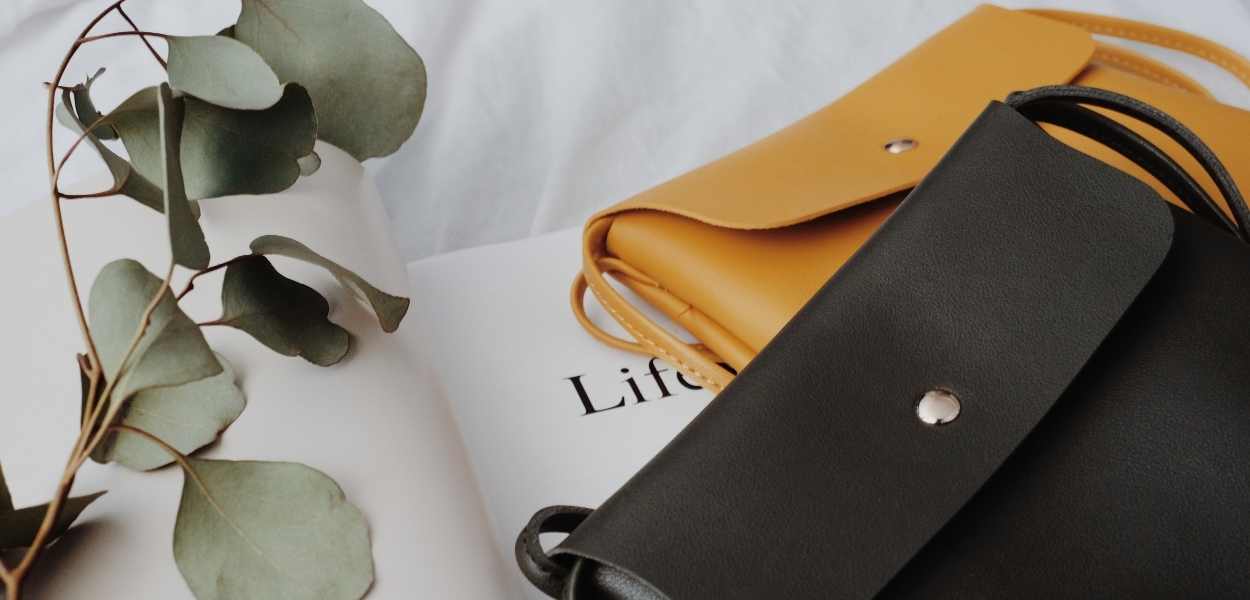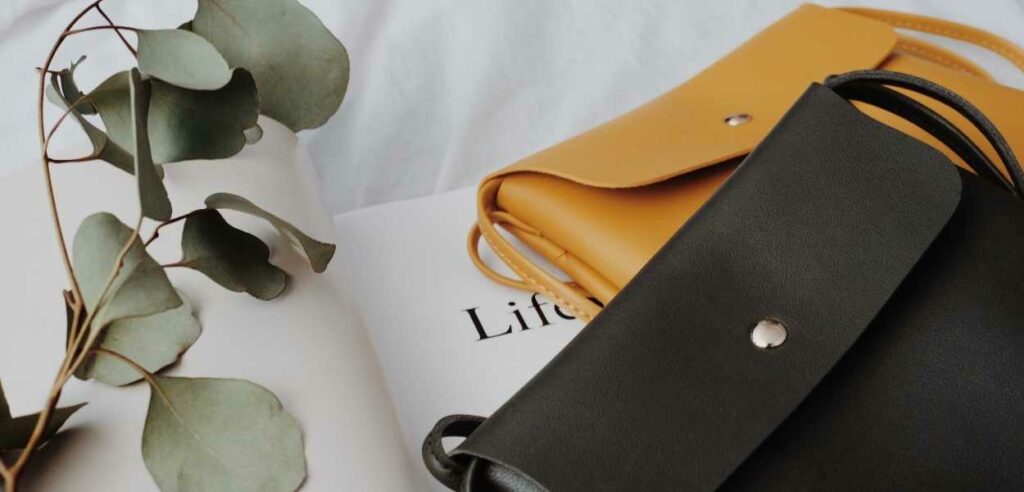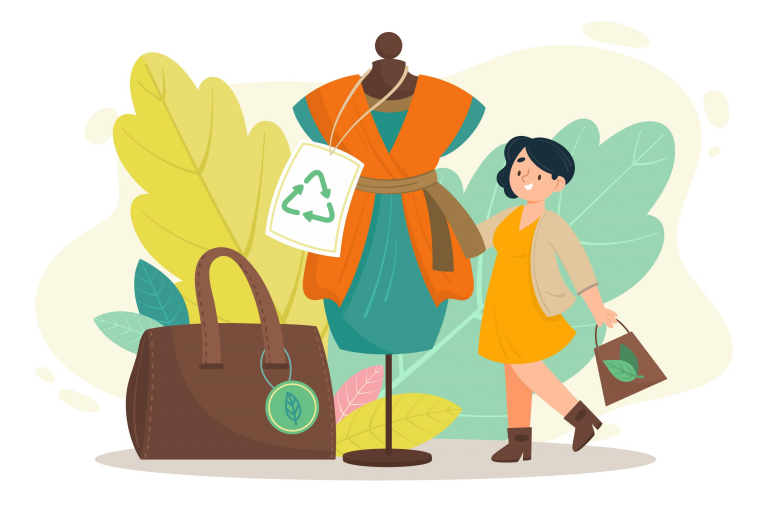This article is part of a collaboration with Impakter, an online news publication focusing on sustainable practices and altrnative leathers that contribute to a brighter future.
As animal rights activists rally to outlaw the use of animal leathers in fashion, conversations concerning sustainability swarm the narrative. The treatment of animals in the leather industry remains at the center of controversy. Therefore, vegan leather eases the guilt of fashion consumers, constituting stylish pieces minus animal cruelty. As alternative leathers climb the ranks in even the most prestigious fashion houses, questions of sustainability arise. We can agree that cruelty-free leather brings a more positive outcome for animals. But, is vegan leather actually more sustainable for the planet?
Alternative Leather vs. The Planet
The Livestock sector represents the world’s largest consumer of agricultural farmland. Farmers use this land to graze and house these animals. As a result, real alternative leathers plays a significant role in climate change.
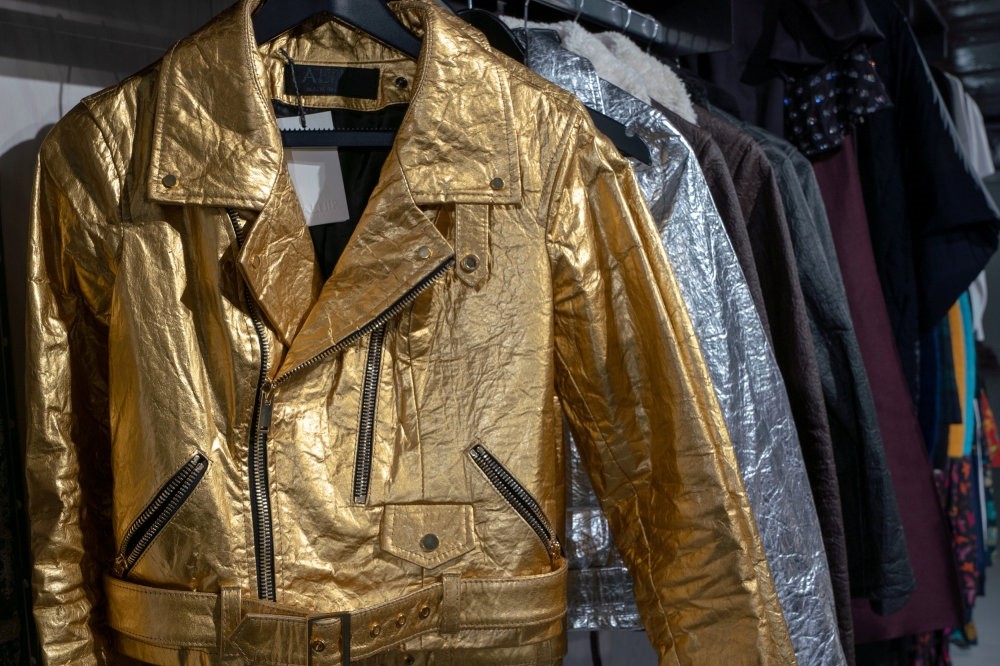
When considering new leather production, critics of the leather industry often cite water usage as the major problem. The leather industry uses approximately 30 billion liters of water in order to sustain its business practices. Over 884 million people on this planet do not have access to clean water on a daily basis. In addition to the water overconsumption, the leather industry pollutes the remaining water sources with Chromium and Nitrogen.
Animal cruelty aside, newly produced leather simply isn’t good for the planet. Recycling existing leather and using deadstock fabrics is a great way to create fashionable new products. Vegan leather has made vast technological advances, making it a viable solution for fashion brands.
Many of the plant-based alternatives hitting the market are significantly more sustainable. They also eliminate the issues surrounding animal cruelty. That said, are all vegan leathers created equally?
Alternative Leathers’ Drawbacks
Vegan alternative leathers solves many of the issues consumers have with animal leather. Furthermore, The Environmental Profit & Loss tool developed by Kering claims that the impact of producing alternative leathers can measure up to a third lower than traditional leather. That said, manufacturers create some types of vegan leather using plastic. Some leather-like materials rely on fossil-fuel-derived synthetics, mimicking the effects of animal leather.
Polyurethane, or PU leather, is a popular leather alternative in many industries. At first glance, a leather alternative that uses fewer resources such as land theoretically should be better for the planet. However, this is not the case. While the material creates good products, they aren’t the most eco-friendly.
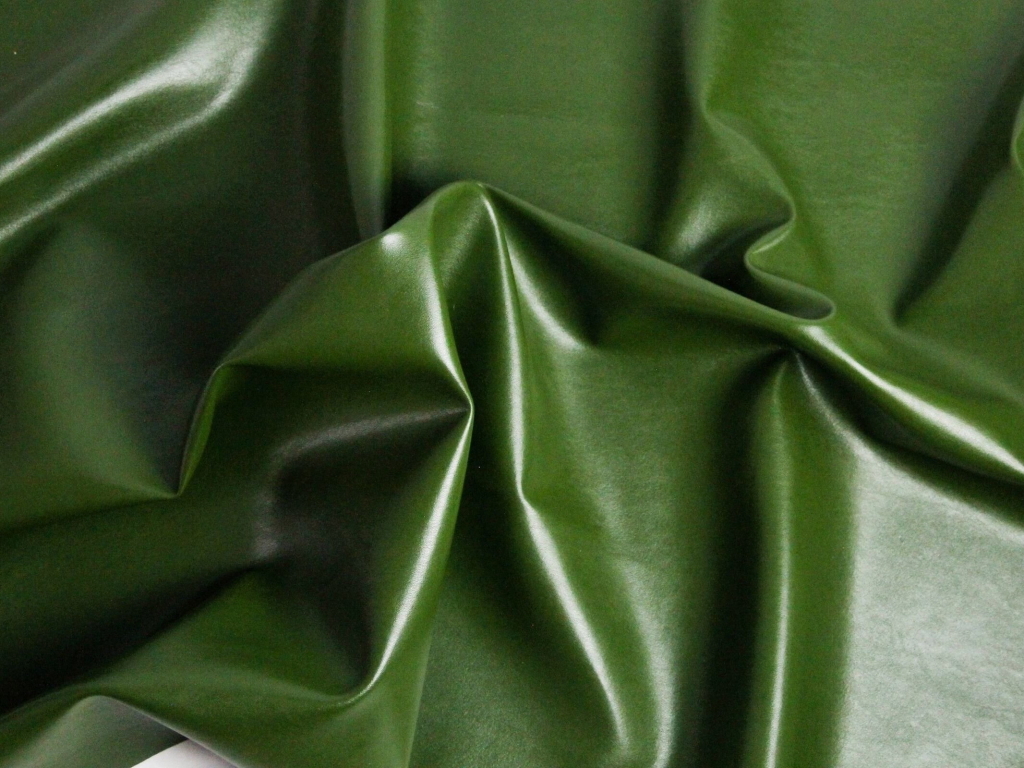
However, over the past few years, innovators have pioneered ways to make vegan leather without plastic, making it the most environmentally sound choice
Which Alternative Leathers Are Best?
There are multiple different approaches to creating plant-based leathers. In collaboration with Impakter following the UN’s SDG principles, here are the top 4 leather alternatives on the market today.
Pineapple Leather
The creation of Piñatex began when Dr. Carmen Hijosa, a leather-goods expert, was studying the Philippines leather industry in the 90’s. Shocked at the environmental impact of mass leather production and chemical tanning she realized this could not continue. That said, she knew that plastic alternatives were not viable.
The Philippines has a history of disastrous waste in pineapple farming. Hijosa’s solution was a natural response. Using an eco-friendly manufacturing process, pineapple leather is created using the by-product from the annual harvest. Piñatex
Pineapple leather is a multifunctional fabric that creates beautiful products. Furthermore, the way it is harvested solves real problems concerning climate change.
Cork Leather
Long gone are the days when you could only find cork in your wine bottle. Major designers like Stella McCartney and Christian Louboutin use leather made of cork mainly in accessories. Cork is 100% vegan and all-natural.
The cork industry is generally environmentally friendly. When producing cork, farmers only remove the bark to harvest the natural materials. Furthermore, farmers collect cork from the beginning of May until the end of August due to ideal harvesting conditions.
Cork has a wood-like appearance, making it visually appealing for a wide range of products. Unlike your crumbly wine cork, it is sturdy and strong, making it an ideal fabric for everyday items.
Apple Leather
Apple leather, also referred to as AppleSkin, was created in Northern Italy. Its inventor, Alberto Volcan, questioned ways in which waste from the juice and compote industry could be recycled. He designed a “vegetable glue” which ultimately failed. Rather than giving up, he reworked the glue through a pasta machine, creating the base for what would become apple leather.
Much like many of the alternatives on our list, manufacturers make apple leather by utilizing food waste. Who doesn’t love a refreshing glass of apple juice? As you sip on your favorite sweet drink, of course, we don’t notice coarse fibers or skin in our juice boxes. Taking inedible waste and using it to replace an industry that contributes to water pollution, climate change, and animal cruelty embodies the innovation needed in the sustainability movement.
Mushroom Leather
Everyone knows the versatility of mushrooms. Mushrooms are delicious in an omelet and revered for their occasionally psychedelic properties, but did you know you can wear them too?
MycoWorks, a San Francisco startup, uses mycelium to recycle plant waste into the new material. “They’re breaking down the cellulose, and they reorganize those sugars and proteins,” says Philip Ross, Chief Technology Officer at MycoWorks.
A cowhide-sized sample took only a couple of weeks to grow. On the other hand, it takes approximately 3 years to raise a cow to yield the same amount. Furthermore, livestock requires a massive amount of resources. The mushroom process happens in a closed-loop, making it substantially more eco-friendly. A pair of leather boots can produce around 33 pounds of carbon dioxide pollution. The mushroom leather is completely carbon neutral.
Mushroom leather looks and feels like the real thing. It is soft and offers a lustrous shine that is not possible through many other alternatives. Even Hermès, one of the fashion industry’s most prestigious houses, wants in on the mushroom action. They are using mushroom leather to create one of their exclusive bags.
The Final Word
The fashion industry needs to make serious changes in order to keep up with our dying planet. Sooner than later, the resources necessary to maintain livestock for leather will be too scarce. In 2001, the UN Populations Fund warned that the world will begin to run out of fresh water by 2050, making our actions today more important than ever.
As fashion consumers, it is now our responsibility to make the cultural shift toward eco-friendly plant-based leathers. We have the power to control the trends of tomorrow, and we can decide to only purchase sustainable leather. Let’s make the future of fashion a green one!
To make sure a brand is truly sustainable, it has to have full control over its supply chain. Check our essential traceability tips that will change your business!
Editor’s Note: The opinions expressed here by Fashinnovation’s columnists are their own, not those of Fashinnovation.
